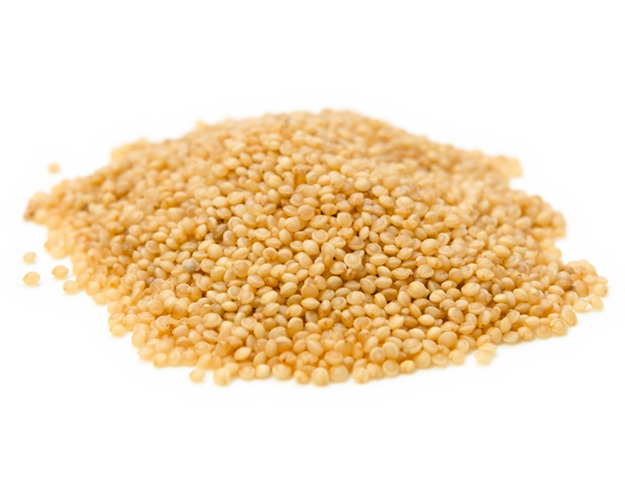
Health Benefits:
Anti inflammatory
Enhances production of breast milk
May reduce cholesterol
Pain reliever
Reduces risk of cervical cancer
Relieves constipation
Nutrition:
Serving size: 1 cup; Calories: 251; Fat: 4g; Cholesterol: 0mg; Sodium: 10mg; Carbs: 46g; Fiber: 5g; Sugars: 1.7g; Protein: 9g; Potassium: 9%DV; Vitamin A: 0%DV; Vitamin C: 7%DV; Calcium: 12%DV; Iron: 29%DV
Did You Know?
- Much of the world considers amaranth a weed, but it has actually been grown as a grain and vegetable for thousands of years!
- The Aztecs used it as a stable food; it was even included in religious rituals!
- Gluten Free
Ways to Eat:
- As a breakfast cereal
- Toasted in a skillet
- In soups and stews
- Cooking amaranth is comparable to cooking pasta or rice
- Can be used as a thickener for sauces, soups, stews, and even jellies
Farming Trivia:
- Amaranth is native to Mexico and Central America.
- Amaranth is planted at the end of spring, as it prefers warmer weather, and it is harvested after it’s flowers have bloomed.
- Amaranth is largely heat and drought resistant.
- Seed of the Amaranth plant
Note: Always consult a physician for any specific health questions and concerns. Some of this information may be subject to change should there be any new findings from Federal Health Administration (FHA), Food & Drug Administration (FDA), American Medical Association (AMA), American Cancer Society (ACS), and / or other leading food, nutrition and medical advisors.

